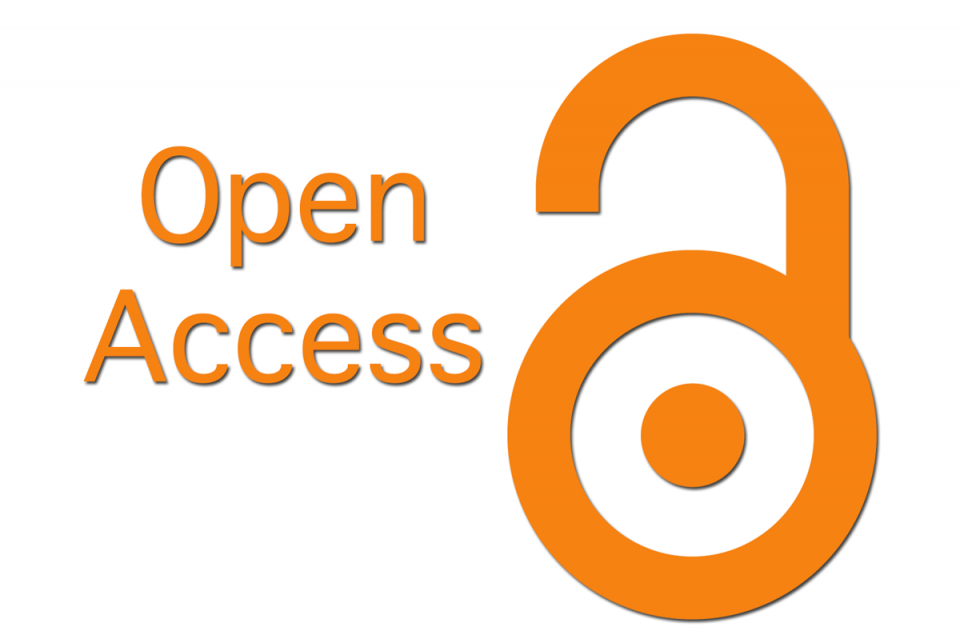A Program based on Self-regulation for Developing Secondary School Students’ EFL Semantic Awareness
DOI:
https://doi.org/10.48047/5jf4p764Keywords:
Self -regulation, Semantic awareness skills, Secondary schoolAbstract
Introduction: Semantic awareness poses challenges for many learners. In Egypt, many students who learn English as a foreign language have deficiencies in comprehending the semantic awareness process. In order for students to achieve a good level of competence, those students need to apply strategies which have a scientifically affects developing levels of semantic awareness in English. The focus of the research is to develop the semantic awareness of secondary school students by a program based on self-regulation.
Method: Sixty first- year secondary students were enrolled in the second semester of the academic year (2024-2025) participated. They were split up into two groups; experimental (n=30) and control (n= 30) respectively. Since the participants were purposefully chosen, it was considered that they made up a homogenous group. SPSS program was used for data analysis.
Results: Findings from this study indicated the program based on self-regulation developed the secondary students’ school EFL semantic awareness in the experimental group.
Discussion and conclusions: On the basis of the findings, the study advocates the program based on self-regulation for developing the secondary students’ school EFL semantic awareness in the experimental group.
Downloads
References
Bai, B., & Wang, J. (2023). Conceptualizing self-regulated reading-to-write in ESL/EFL writing and investigating its relationships to motivation and writing competence. Language Teaching Research, 27(5), 1193–1216. https://doi.org/10.1177/1362168820971740
Efklides, A., & Metallidou, P. (2020). Applying Metacognition and Self-Regulated Learning in the Classroom. In Oxford Research Encyclopedia of Education. https://doi.org/10.1093/acrefore/9780190264093.013.961
McMillen, S., Albudoor, N., Peña, E. D., & Bedore, L. M. (2023). Semantic Difficulty for Bilingual Children: Effects of Age, Language Exposure, and Language Ability. American Journal of Speech-Language Pathology, 32(2), 645–657. https://doi.org/10.1044/2022_AJSLP-22-00018
Moreno, D. (2015). The importance of semantics in language teaching. https://www.academia.edu/17447801/The_importance_of_semantics_in_language_teaching
Newman, B. M., & Newman, P. R. (2020). Self-regulation theories. In B. M. Newman & P. R. Newman (Eds.), Theories of Adolescent Development (pp. 213–243). Academic Press. https://doi.org/10.1016/B978-0-12-815450-2.00008-5
Scheler, G. (1993). 36 Problems for Semantic Interpretation.
Weller, P. D., Rabovsky, M., & Abdel Rahman, R. (2019). Semantic Knowledge Enhances Conscious Awareness of Visual Objects. Journal of Cognitive Neuroscience, 31(8), 1216–1226. https://doi.org/10.1162/jocn_a_01404
Wijaya, K. (2021). The Important Role of Self-Regulation in Worldwide EFL Learning Contexts. Acuity: Journal of English Language Pedagogy, Literature and Culture, 7(1), 65–76. https://doi.org/10.35974/acuity.v7i1.2578
Downloads
Published
Issue
Section
License
Copyright (c) 2025 Rehab M. A. Elsheneti, Bahaa El-Din El -Sayed El- Naggar, Ahmed Abd El Salam Edress (Author)

This work is licensed under a Creative Commons Attribution 4.0 International License.
You are free to:
- Share — copy and redistribute the material in any medium or format for any purpose, even commercially.
- Adapt — remix, transform, and build upon the material for any purpose, even commercially.
- The licensor cannot revoke these freedoms as long as you follow the license terms.
Under the following terms:
- Attribution — You must give appropriate credit , provide a link to the license, and indicate if changes were made . You may do so in any reasonable manner, but not in any way that suggests the licensor endorses you or your use.
- No additional restrictions — You may not apply legal terms or technological measures that legally restrict others from doing anything the license permits.
Notices:
You do not have to comply with the license for elements of the material in the public domain or where your use is permitted by an applicable exception or limitation .
No warranties are given. The license may not give you all of the permissions necessary for your intended use. For example, other rights such as publicity, privacy, or moral rights may limit how you use the material.








